FULL SUN
Full sun, some afternoon shade
pH
Neutral
FEEDING
Heavy Feeder. Nitrogen, Phosphorus, Pottasium
PLANTING
March to July. Soil temperatures higher than 70 degrees.
Nothing says summer like a juicy chilled watermelon! We are fortunate that watermelons like the long hot growing seasons, and with little effort, just about any gardener can be successful growing them. In recent times varieties yellow and orange varieties have been gaining more popularity. While the reads and pinks will always be loved, it’s fun to add in these novelty colors. The oranges and yellows are not necessarily from hybridizing, some are heirloom types that had grown out of favor as the large red ones were preferred for commercial breeding.
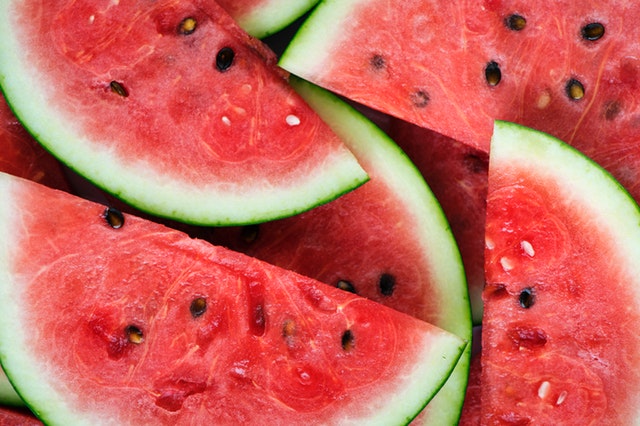
Varieties:
Pick varieties that are not prone to splitting, especially if they will be ripening during the monsoon season. Native varieties are always a safe bet. Try Native Seed Search for varieties that have been grown in the desert. To get large melons do not purchase varieties that are dwarfing types.
Popular varieties that do well in our desert conditions are crimson sweet, Ali Baba, Sugar Baby, Bradford, Moon and Stars, and Hopi Red. Yellow and orange varieties to try are Orangelo, Hopi Yellow, Desert King, early moonbeam and well as Moon and Stars yellow-fleshed.
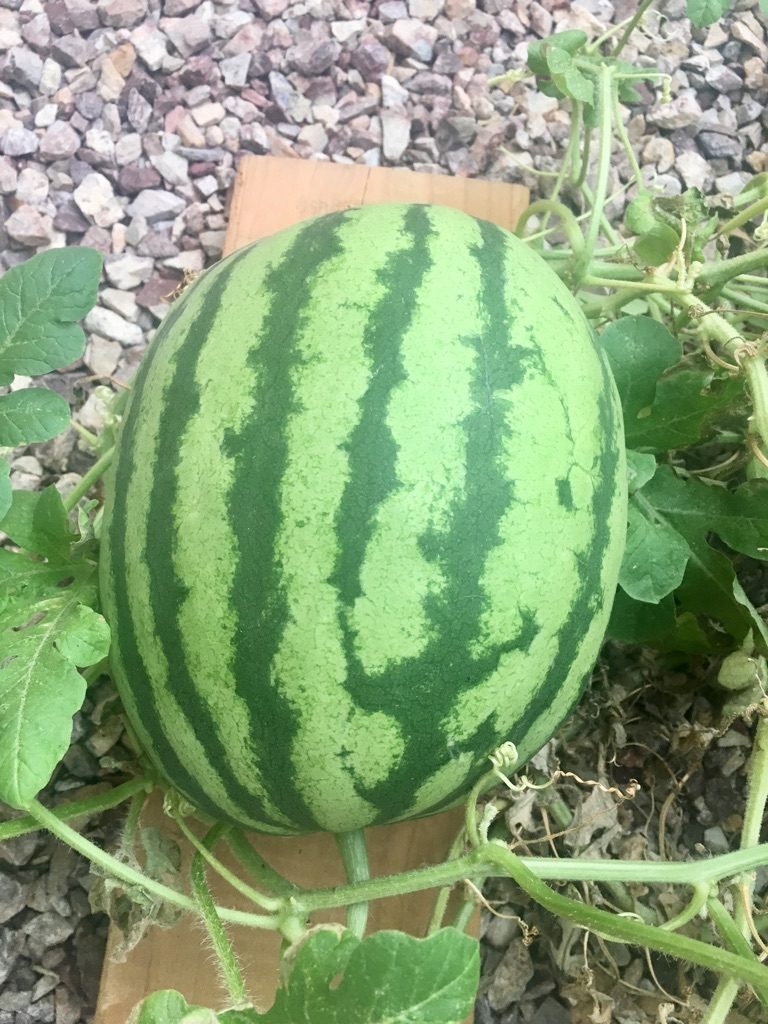
HOW TO GROW
- Watermelons are heavy feeders and require very rich soils to turn out sweet juicy melons. Soils should be heavily amended with compost, worm castings, and well-composted chicken manure. Bio Fish is also an excellent amendment to use for added nitrogen and phosphorus.
- They are best planted from March to July, however,- they can be planted in early August if there is enough space to allow them to mature into fall.
- Watermelons can be transplanted as seedlings or seeds can be direct sown.
- The root zone should be kept well-watered, therefore when planting, it is beneficial to make a small hollowed-out area before planting the seed. This area will capture water as the plant grow to ensure good moisture.
- Watermelon roots do not grow very deep, but they do spread out. The root zone should not dry out, water down to 18 inches as often as needed. This will depend on whether the melons are grown in-ground, a raised bed or container.
- While watermelons will grow in containers and raised beds, there are a few things to keep in mind. Use the largest containers possible, the big bag beds, and animal feed troughs work better than a smaller container. Containers and raised beds will probably need everyday watering to maintain even moisture. Melons grown in containers will be on the smaller than those grown in-ground. In-ground planting may require less frequent waterings.
- Vines can get very large, so allow sufficient space.
- Like squash watermelons have distinct male and female flowers. Female flowers have a tiny melon-like fruit behind the flower. Melons will produce many flowers both male and female, but only a few will grow full-sized melons. They will not cross-pollinate with other members of the cucurbit family.
POSSIBLE ISSUES
Splitting
Plant varieties that are not prone to splitting, see above for suggestions and read reviews on varieties that are of interest.
Tunneling and trailing in leaves
This is the work of leaf miners. It can be prevented with the use of row covers. A few infected leaves can be cut off and discarded. While unsightly, a few leaf miners will not affect productivity and damage is only cosmetic.
Cucumber Beetles
Use row covers, or use DE sprinkled on plants. Kaolin clay mixed with water can also be sprayed on the underside of the leaves.
Fruit Not Setting
This could be a pollination issue, when temperatures are too hot and dry, pollination is impeded. Firstly good pollination requires 1000’s of tiny pollen grains to adhere to the 3 sticky stigmas. This means multiple pollinator visits are required. Ants, solitary bees and other pollinators are very attracted to watermelon flowers and should take care of pollination. However, it’s harder for bees to work when temperatures are above 90 degrees. In addition, pollen is not viable once temperatures reach between 90 and 95 degrees. This means good pollination has to occur early in the morning when the temperatures are below 90 degrees. As an added insurance a small paint or makeup brush can be used to hand pollinate.
Aphids
Around September desert gardeners are plagued with whiteflies. Planting out marigold seedlings could help to deter whiteflies. Row covers are probably the best option to prevent these pesky flies. Mix approximately a cup of milk with a teaspoon of molasses or honey and spray on the underside of the plant. Soft bodied insects cannot digest the sugars in the milk and molasses.
Spider Mites
Extreme dryness will bring on attacks from spider mites. Regularly hosing off the leaves including the underside will help to prevent issues with spider mites. A mix of kaolin clay and water can also be sprayed on the underside of the leaves.
Good Companions
Watermelon can be planted with corn and beans in the 3 sisters garden. They could also be planted with sunflowers. Sunflowers are allelopathic, which means the roots inhibits the germination of other seeds, so plant out seedlings or allow melons seeds to germinate before planting out sunflower seeds. Yarrow is an excellent companion, bringing in both pollinators and predatory insects that take care of pests.
Harvesting
The biggest question gardeners have regarding watermelon is “When is it ready to harvest?” There are a few telltale signs to help pick the perfectly ripe watermelon. Use all to gauge ripeness. Ripe watermelons will have a dull skin and not be shiny like young immature fruit.Watermelons will have a white spot underneath, where the melon was resting. This is called the field spot. Look for this spot to be golden yellow, or straw-colored. Not all watermelons will have this, and a trellised watermelon definitely will not. The thump test is the next indicator. A ripe watermelon has a distinct hollow-sounding thump. Thump on a few at the grocery store or in the garden to get a feel for this. The stem attached to the melon may start to appear brown and dry, but hardly ever. Watermelons do not slip from the vine or exude any fragrance as muskmelons do. They will need to be cut free of the vine. Some also use the tendril nearest to melon as an indicator. If this is brown, it is another sign that the watermelon is ready, however, I have found in our extreme heat, this could turn brown days before the melon is ripe. Alone this is not a good indicator. A very reliable method, is to hold the melon while still attacked to the vine, and give it a gentle smack. a ripe melon will have a distinct vibration you can feel, whereas an unripe one does not.
In the video below(it looks like a picture), I show a comparison between two melons to test ripeness and reveal the beauty inside when I cut it open.
Saving Seeds
Seeds are easily saved from a ripe watermelon by simply rinsing well and leaving in a cool dark place to dry out completely before storing.

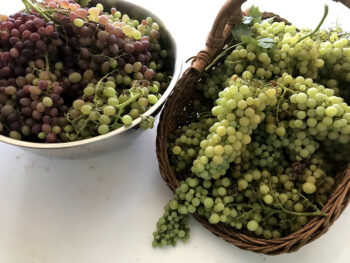
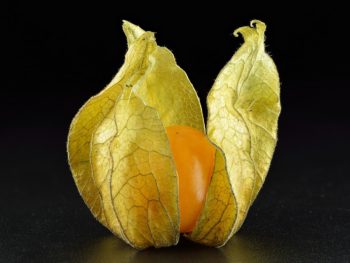
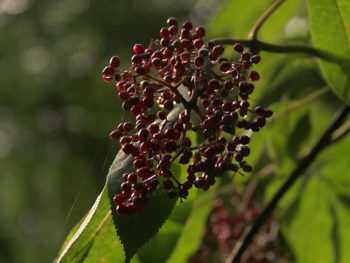
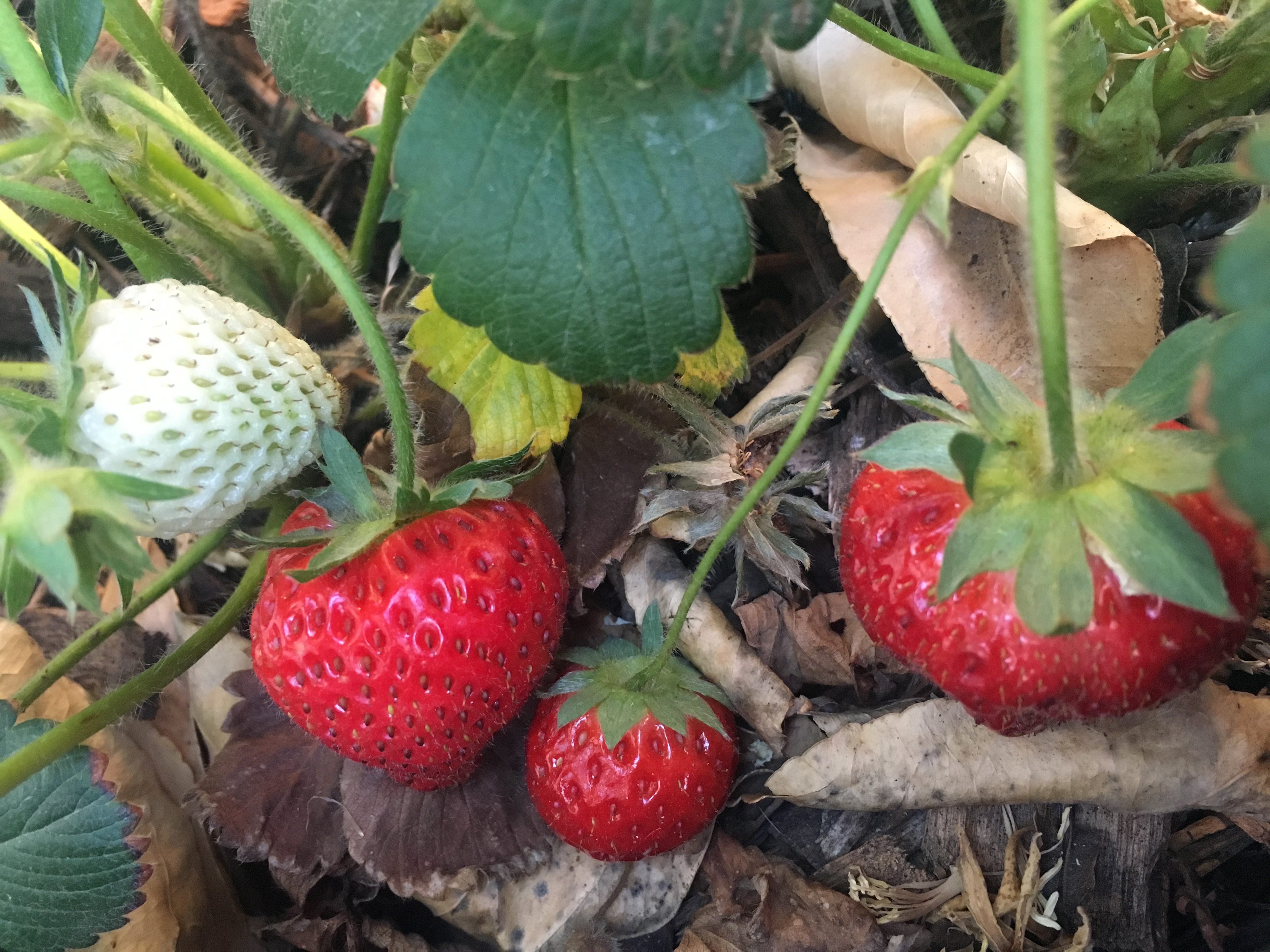
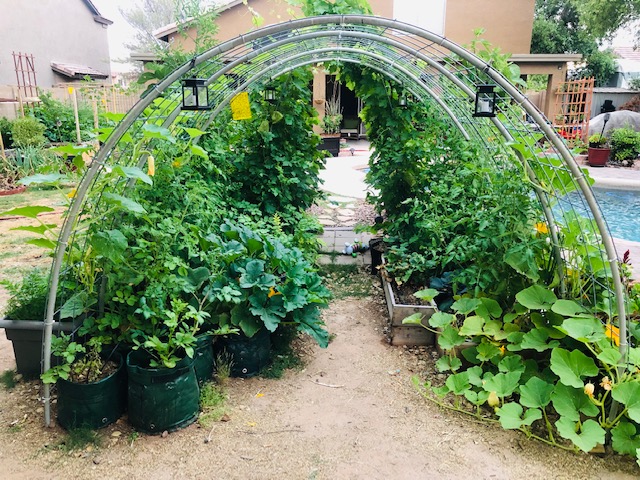 Garden of the Month: August
Garden of the Month: August